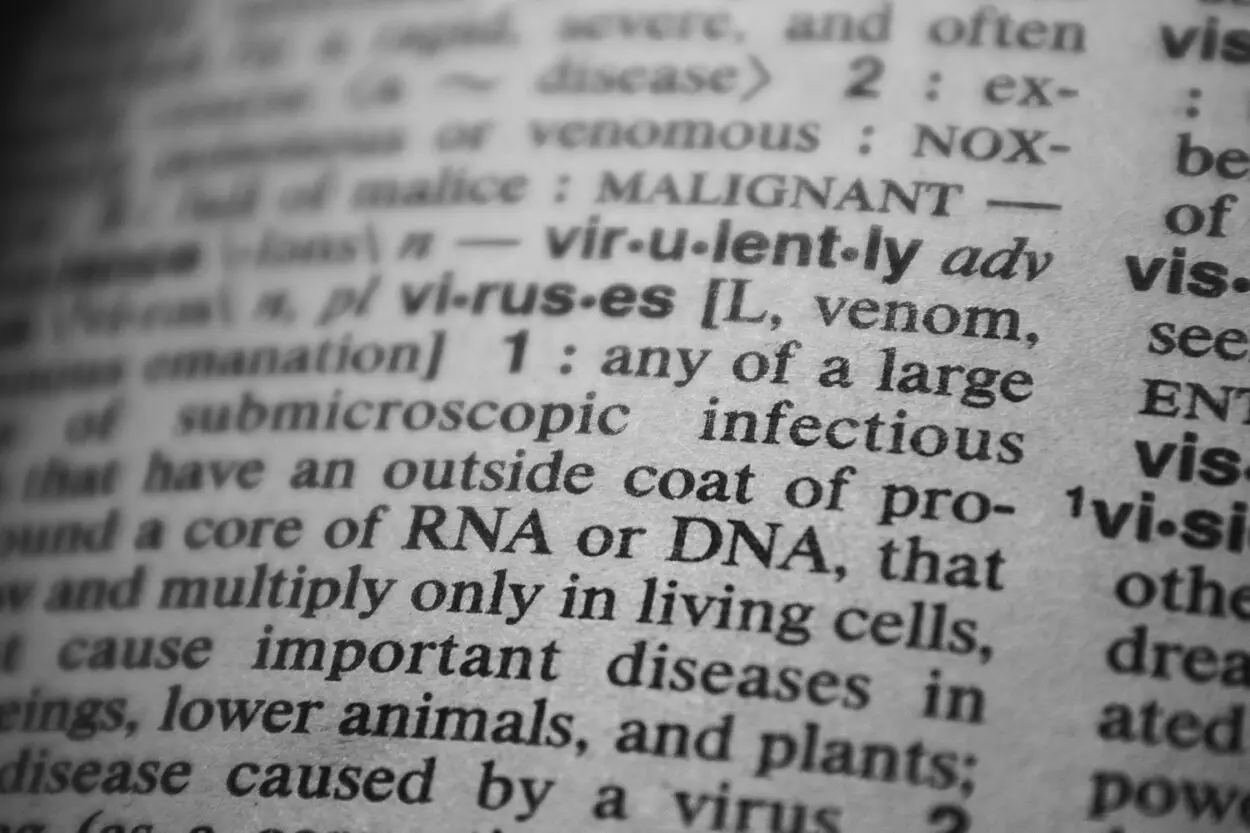English is a widely used language with many phrases that almost have the same meaning but are employed differently in sentences.
Sometimes a phrase might convey a different meaning if the tenses or overall structure of a sentence are changed. It’s crucial to utilize a phrase in a sentence that sounds well grammatically.
While “in our daily lives” presume that each person has a separate daily existence, “in our daily life” can be used to emphasize a shared experience. Both are grammatically correct and have comparable connotations.
Keep reading to know the differences and individual meanings of “in our daily life” and “in our daily lives.” Let’s begin!
What Is A Phrase?
It is a set of words that make up a portion of a sentence rather than the entire composition.
While employing phrases, there are a few things to keep in mind. Phrases do not stand alone; they are an integral part of the sentence.
They are typically employed to add further details about the subject, object, or other parts of a sentence since, when taken out of context, they do not convey the whole meaning of the statement.
There may be more than one phrase in a sentence; nonetheless, each phrase should provide clarity and just not burden one with information.
There are five primary categories of phrases used in English grammar; it includes the following:
- Noun Phrase
- Adjective Phrase
- Verb Phrase
- Adverb Phrase
- Prepositional Phrase
Examples Of A Phrase

Sentences contain word groups called phrases; these groupings express a concept, whether it be a whole or partial concept. Writing and punctuating whole sentences can be easier if you can recognize phrases and clauses.
Let’s look at some instances below to help us understand.
| Types of a Phrase | Example |
| Noun Phrase | My mother’s aunt has come to visit us. |
| Adjective Phrase | Anna has shiny, white teeth. |
| Verb Phrase | Sam has been writing that essay for the past 3 hours. |
| Adverb Phrase | He saw people talking at the corner of the street. |
| Prepositional Phrase | The hangers are kept inside the cupboard. |
What Does “In Our Daily Life” Mean?
The term “in our daily life” refers to the topics you discuss that are a part of your daily activities or your life in general.
It makes the supposition that we all lead the same daily existence. If you want to emphasize a closely connected experience that everyone you’re talking about has, as though they all lived the same life, you might use this phrase.
One says that “our daily life”, which we share with others, might be thought of as a single thing.
This expression is frequently used to describe both yourself and the objects that surround your daily life. While discussing a couple’s or family’s shared life, the lives of the participants are viewed as one.
For example, “Our daily life as a family never gets boring.”
What Does “In Our Daily Lives” Mean?
The word “lives” implies uniqueness and existence apart from the group; it can be described as a group of people.
“In our daily lives” implies that each person has a unique daily life. “In our daily lives” is usually a preferable word because people literally have separate lives from one another.
It is frequently used when discussing a group of people and in particular their preferences or likes. The tense changes to the plural form of “lives” since it refers to a combined group of people.
For example, “We all need transport and food in our daily lives.”
Difference Between “In Our Daily Life” And “In Our Daily Lives”

Each of these words can seem different in a sentence depending on what you’re trying to communicate, but their meaning is still the same which deals with the daily routine conversations.
“In our daily life” is written in the plural, emphasizing each person’s daily existence, whereas “in our daily lives” refers to everyone, including the listener.
Although it is solitary, “in our daily lives” feels like it has a variety of perspectives. This is due to the diverse sequence of events that occur in people’s daily lives, making it difficult to convey the meaning by using the term “daily life” alone.
The distinction would lead us to “In our daily lives” if we are too rigorous and just want it to refer to a specific pattern. It presumes that each person leads a unique everyday life. Since people do, physically, have lives distinct from one other.
Are Phrases And Idioms Similar?
A phrase is a concise series of words that serves as a whole. These incomplete pieces are a component of a longer phrase.
Phrases are direct and precise in comparison to idioms. There are no figurative undertones in the term; it signifies exactly what the words imply.
Contrarily, an idiom is an expression whose meaning deviates from the words’ literal interpretation.
Let’s look at some of their examples to better understand their difference.
| Idioms | Phrases |
| On cloud nine | The tiny horse |
| Sink or swim | On the table |
| To spin one’s wheels | Lengthy and twisting plot |
| Spilling the beans | Naughty child |
Alternatives To Phrases
Metaphors

A metaphor is a figurative language device that compares two unrelated things; by comparing two items, it is possible to say that they are identical rather than just similar. This can be helpful in writing when expressing abstract facts with specific notions or imagery.
The vehicle and the tenor are typically its two components; the vehicle is the one whose characteristics we are borrowing, whereas the tenor is the one we are attempting to describe.
For example: “My thoughts are stars I cannot fathom into constellations.” —The Fault In Our Stars, John Green
Personification

Personification can be applied to a wide range of topics and literary genres, including poetry and screenwriting. We personify non-human entities when we speak of them in the same manner as people.
This writing method is more than just a creative way to give inanimate objects life; it can also improve description and add emotions in unconventional ways. It’s applied to make scenes or personalities more captivating and interesting.
For instance, “That piece of chocolate cake is calling my name“. Although chocolate cake cannot call after a person, this cliche uses personification to convey the sensation of want and hunger.
Conclusion
- Although “In our everyday life” and “In our daily lives” have the same meaning and are both technically correct, how they are employed in sentences varies.
- When something affects everyone in the “our,” using the term in a sentence makes sense. This is true in some partnerships.
- While “In our lives” is used to describe the manner of life of couples, spouses, or families with children, people who decided to combine their lives with those of others, or who are born into a family, “In our lives” is used to state a general fact about anyone’s and everyone’s existence.

